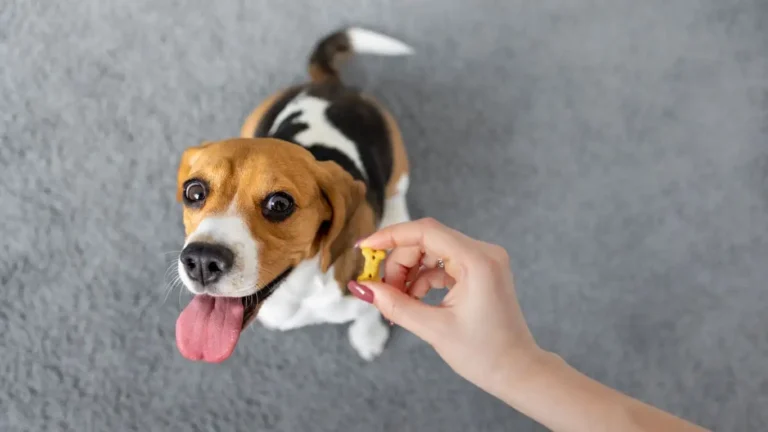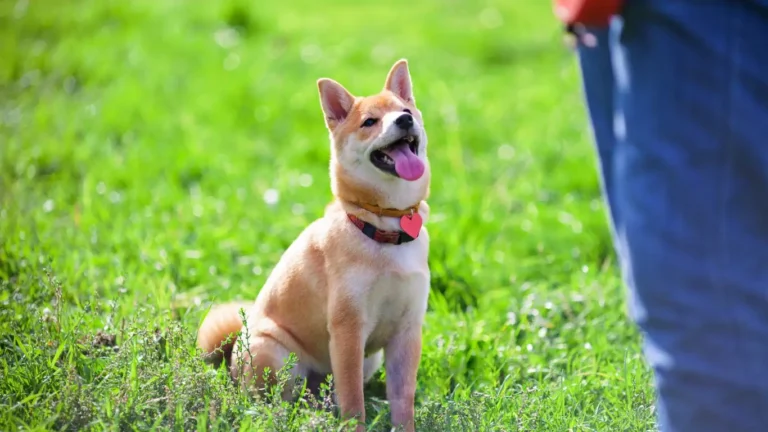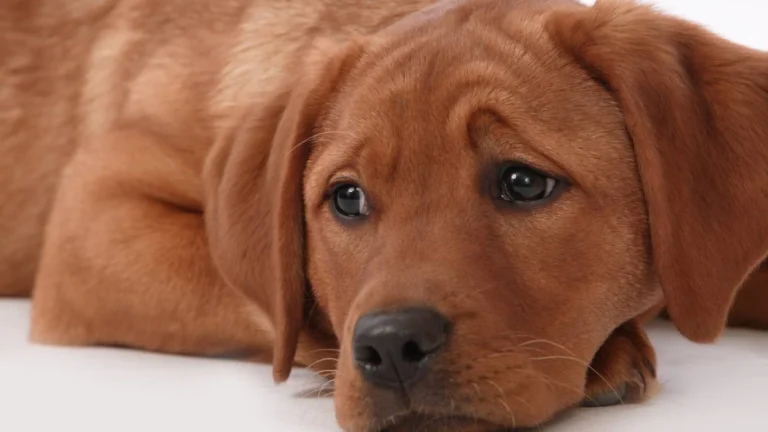How to Train a Dog to Enjoy Nail Trimming Without Stress
If you’ve ever wrestled with your pup over a simple nail trim, you’re definitely not alone. One of the most common questions I get asked as a Canine-Assisted Therapy Trainer is how to train a dog to enjoy nail trimming. Yep, not just tolerate it—actually enjoy it. And believe me, with a little patience and a few clever tricks, it’s totally possible. I’ve worked with therapy dogs that needed regular grooming to stay calm and polished for their hospital visits, and trust me, a relaxed dog makes the whole process smoother for everyone involved.
Why Nail Trimming Can Be Scary for Dogs
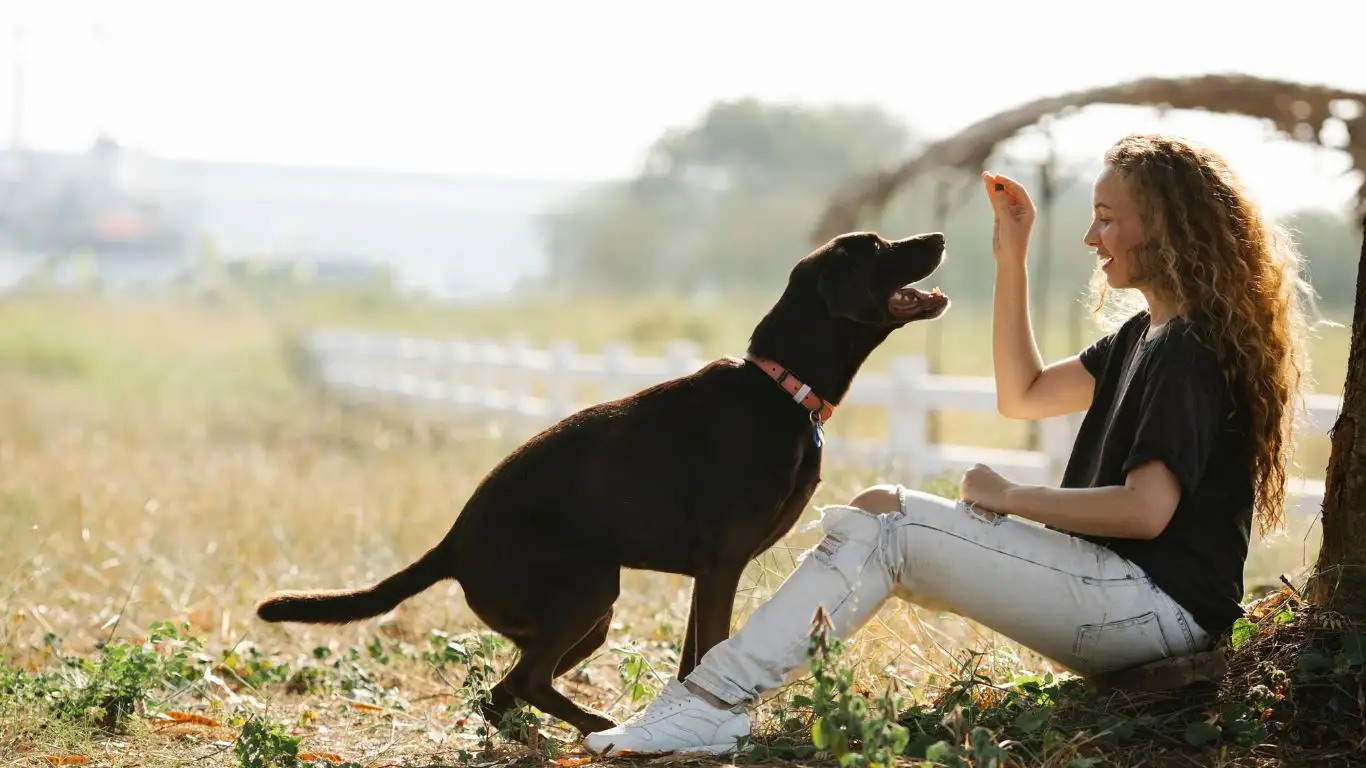
Dogs aren’t born dreading nail trims, but something along the way usually triggers that fear—fast movements, the odd sensation of pressure on their paws, or even a past painful clip into the quick. From my own experience, a lot of dogs associate nail clippers with discomfort or restraint. It’s like us cringing at the sound of a dentist’s drill—we know what’s coming and our body braces up.
Understanding the Fear Response
When a dog flinches or tries to wriggle away during a trim, it’s not just being “difficult.” It’s a stress response. Many dogs develop what’s called a *negative association* with grooming tools. If every time those clippers come out it ends with your dog squirming, yelping, or being pinned down, that association deepens.
Here’s what I usually tell my clients: Your dog isn’t giving you a hard time—your dog is having a hard time. That simple shift in mindset makes a world of difference when training for grooming success.
Start with Building Positive Associations
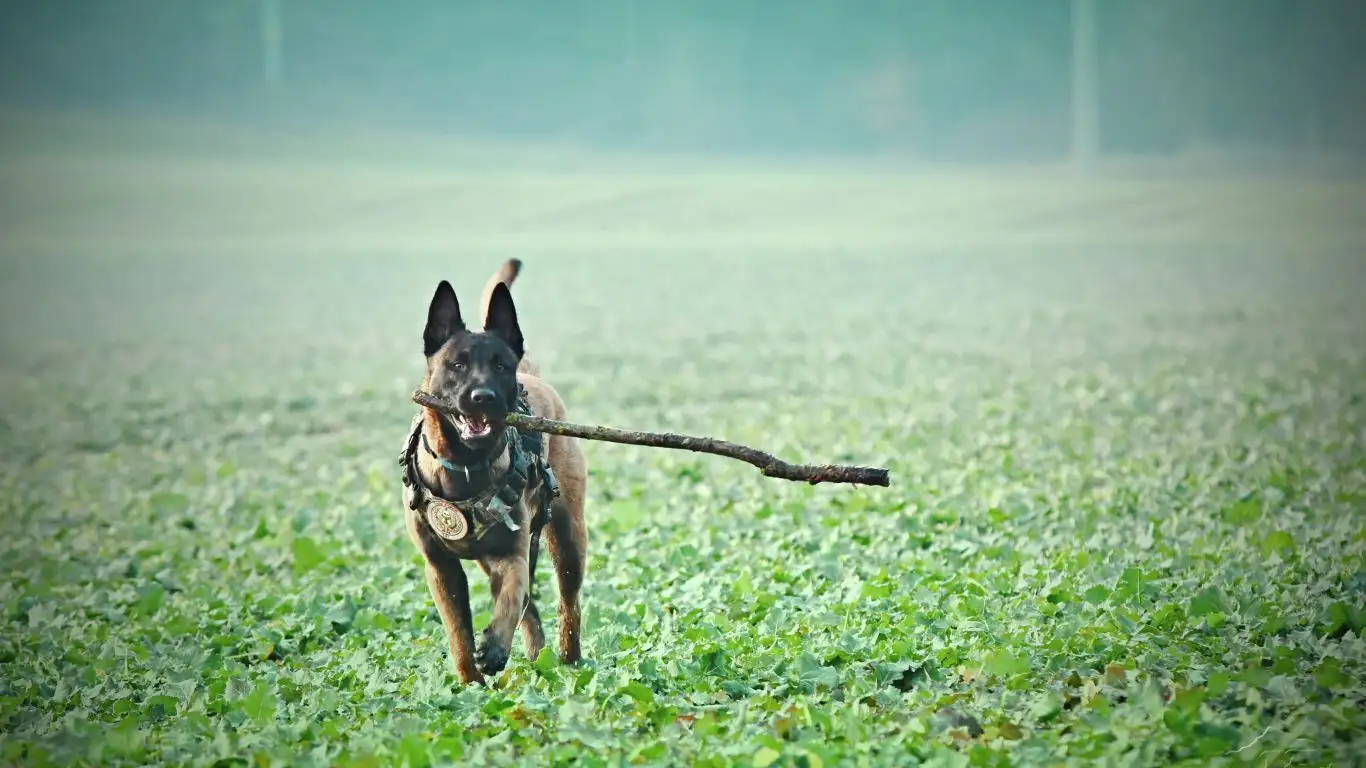
So, how do we go from paw panic to paw-sitive vibes (sorry, couldn’t resist)? Like most dog training, it all starts with positive reinforcement. I always begin by breaking it down into tiny, non-scary steps that slowly build trust.
Introduce the Clippers Without Using Them
Let your pup sniff the clippers. Don’t even attempt a trim yet. Every time they interact with the tool calmly, reward with a treat or a happy “Yes!” This may sound silly, but even putting the clippers next to their food bowl can help normalize them.
Practice Touch Desensitization
Before you ever trim, you need to work on handling. Spend a few minutes each day touching and holding your dog’s paws. Here’s a little game I use:
- Lightly touch a paw.
- Say your marker word (like “Yes!”) and offer a treat.
- Gradually build up to gently holding a toe or pressing slightly to expose the nail.
Keep these sessions short and sweet—2 to 3 minutes max. We’re not trying to win a grooming marathon here, just build trust.
Tools Matter More Than You Think
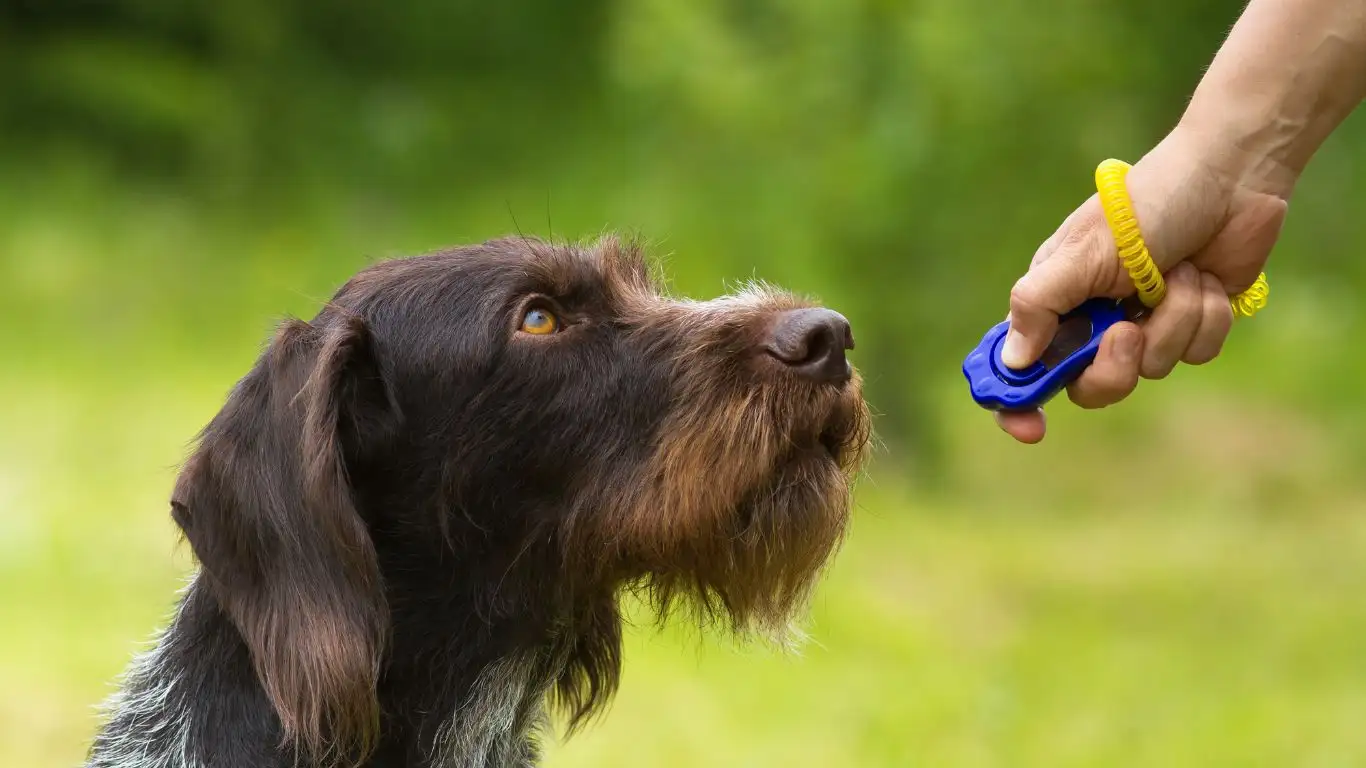
Just like you wouldn’t want to shave with a dull razor, dogs don’t want their nails clipped with squeaky or painful clippers. I always recommend investing in a high-quality pair of clippers or a pet-safe nail grinder. Some dogs even prefer grinders because they don’t have that scary “snap” sound.
Clipper Types I Recommend
- Scissor-style clippers: Best for medium to large dogs with strong nails.
- Guillotine-style clippers: Good for small dogs, though some find the squeezing motion uncomfortable.
- Nail grinders: Great for desensitization training—just go slow and let your dog get used to the buzz.
In my therapy dog training classes, we always do a “tool intro” week where each dog gets to explore the different trimmers. You’d be surprised—some pups practically lean in once they get comfy with the process.
Turn Nail Trims Into a Training Game

Once your dog is comfy with the clippers or grinder just lying around, it’s time to make nail trimming feel like a fun little game. And yes, I do mean fun. One of my favorite things to do with nervous dogs is create a nail trimming “party”—and no, that’s not a joke. I bring out high-value treats (I’m talking tiny bits of cooked chicken, freeze-dried liver, the good stuff), play soft music, and keep my vibe super chill. It’s all about flipping the script from scary to rewarding.
Mark and Reward Each Micro-Step
Start small. Like, really small. Here’s an example of how I build it up during a session:
- Pick up the paw and hold it gently – treat.
- Touch the clipper to a nail without clipping – treat.
- Clip a tiny sliver off one nail – treat like it’s the best thing ever.
- Stop. That’s enough for the day.
The biggest mistake I see people make is rushing. I get it—life’s busy, and trimming one nail at a time feels like a chore. But in my experience, going slow builds long-term trust. I’ve worked with some seriously anxious rescue pups, and this micro-training method is what helped them go from shaking to snoozing through nail trims.
Body Language: What Your Dog Is Telling You
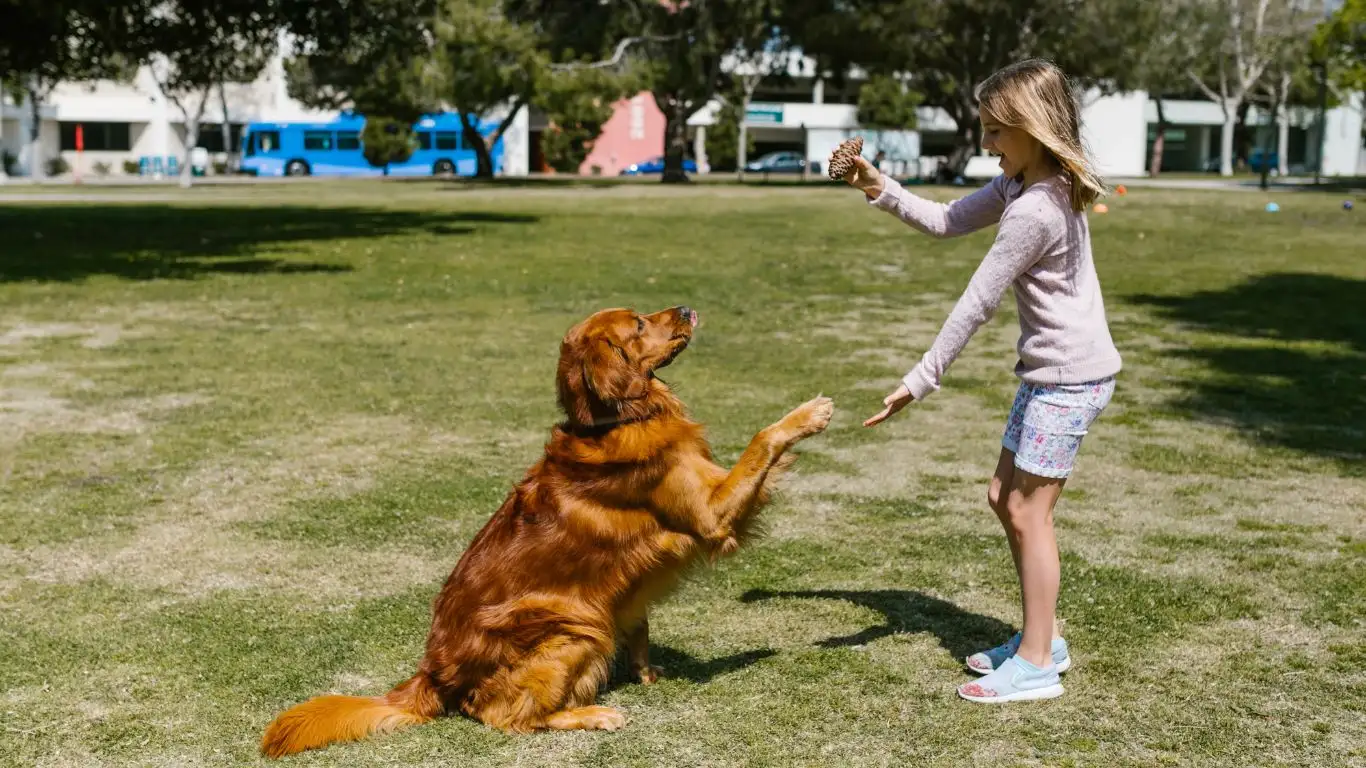
One of the best tools you have when figuring out how to train a dog to enjoy nail trimming isn’t in your hand—it’s in your eyes. Watching your dog’s body language can help you know when to pause, back off, or keep going.
Signs Your Dog Is Stressed
- Yawning when they’re not tired
- Licking their lips frequently
- Tense body or pulling paw away
- Whale eye (when the whites of the eyes are visible)
If you spot any of those, it’s time to slow down or switch gears. Sometimes, I’ll just pause and switch to a calming activity like massaging their ears or playing a game they love. When we come back to trimming, they’re often more relaxed.
Practice with the Grinder (Without Actually Grinding)

Now let’s talk grinders. Some dogs hate the sound at first. It’s kind of like a mini power tool buzzing near their feet—no wonder they get spooked. But grinders can be super helpful, especially for black nails where the quick isn’t visible.
Desensitization Steps I Swear By
- Turn the grinder on across the room – reward.
- Move it closer over a few days – reward often.
- Touch the grinder (off) to the nail – treat.
- Touch the grinder (on) to your hand so they see it’s safe – treat.
- Finally, touch it gently to a nail for a second or two – treat like crazy.
Every dog is different. Some get used to the grinder fast, others take weeks. But what I always remind folks is, *there’s no deadline.* This is about building comfort, not checking a task off a list. I’ve had foster dogs who wouldn’t let anyone near their feet eventually snooze through a full trim after consistent work like this.
Make It a Routine, Not a Random Event
Dogs are creatures of habit. Random, once-in-a-blue-moon nail trims can make them suspicious. Instead, I recommend making it part of your regular bonding time. Do a quick paw check after walks, play with their toes during couch snuggles, and bring out the clippers even when you’re not trimming—just so they don’t associate them with stress every time.
My Weekly Paw Care Routine
- Monday: Touch paws and reward.
- Wednesday: Show the grinder or clippers, reward for calm behavior.
- Friday: Trim one or two nails (or just simulate the motion if still nervous).
- Sunday: Full check-in—pads, nails, in-between toes, make it a chill session.
This builds trust and routine. One of my senior therapy dogs, Daisy, used to hate paw handling. But after I worked this routine in slowly over a couple months, she started offering her paw voluntarily—and yes, it melted my heart every time.
Handling Setbacks Without Losing Your Cool

Let me be real with you: even with the best training plan, setbacks happen. Some days your dog will be all in—paws up, tail wagging—then the next day, they might suddenly resist or get nervous again. It’s frustrating, but totally normal. In my years working with therapy dogs and nervous pups, I’ve learned that the key to how to train a dog to enjoy nail trimming is patience and empathy.
When your dog pushes back, don’t take it personally. Instead, step back and ask yourself what might have changed. Maybe they had a rough day, maybe there’s a sore spot you missed, or maybe they just need a break. I always say: better to take one step backward and three steps forward than push through and damage trust.
What To Do When Things Go South
- Pause the session. It’s okay to stop and try again later. Even a short break can reset the mood.
- Switch to a calming activity. Gently pet your dog, offer treats, or just chill together for a few minutes.
- Revisit the basics. Go back to touching paws without trimming or just holding the clippers calmly.
- Keep a positive tone. Avoid frustration or harsh words—it only adds stress.
Remember, nail trimming isn’t a race. It’s a partnership. One pup I trained took months before she let me near her nails without flinching—but the moment she relaxed, it was like we unlocked a new level of trust.
Tips from a Canine-Assisted Therapy Trainer
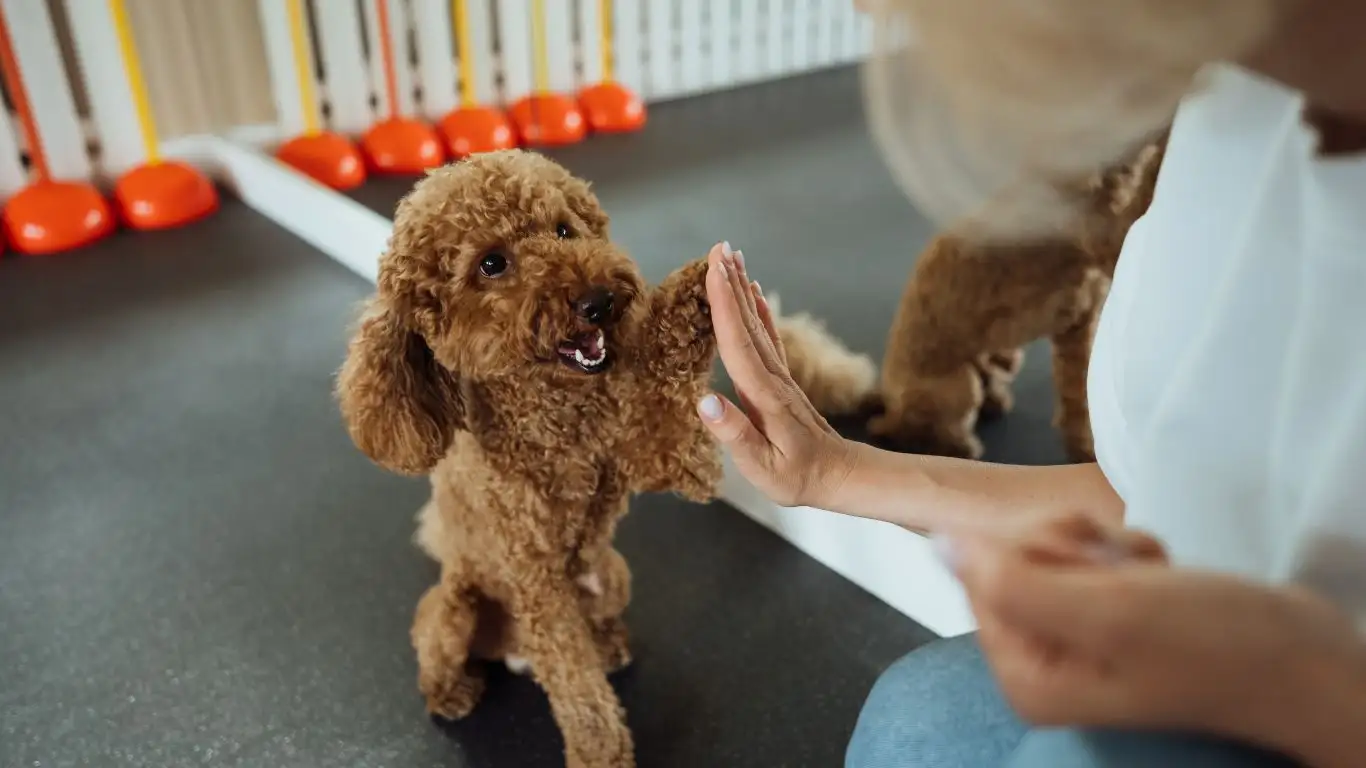
Since I’ve spent years preparing dogs for sensitive environments like hospitals and schools, I’ve had to refine my approach to grooming stress. Here are some of my go-to tips that I wish every dog owner knew:
1. Use High-Value Rewards
Not all treats are created equal. I keep a stash of super special goodies—like tiny bits of cheese, chicken, or liver—reserved only for nail trimming sessions. This way, your dog learns that nail care is linked with something amazing.
2. Create a Safe Space
Your dog’s environment matters. Try trimming nails in a quiet, familiar spot where your pup feels comfortable. Avoid rushing or distractions. In therapy dog training, we often use calming scents or soft music to create a soothing atmosphere.
3. Enlist Help If Needed
Sometimes having a second person to gently hold and reassure your dog while you trim makes a huge difference. If you’re doing this alone, make sure you’re seated comfortably and have all tools and treats within easy reach.
4. Keep Sessions Short and Positive
Even five minutes of calm, successful trimming is better than a stressful 30-minute ordeal. Stop while things are good, and pick up again later.
5. Learn to Spot Health Issues Early
During grooming, check for signs of infection, redness, or nail splitting. Early detection keeps your dog healthy and prevents painful trims. As a trainer, I always emphasize that good grooming is part of good overall care.
Final Thoughts and Encouragement
Training a dog to enjoy nail trimming is a journey—one that requires time, patience, and a lot of love. It’s not just about keeping those nails short; it’s about building trust and making grooming a bonding experience. From my experience, dogs respond best when we listen closely to their cues, move at their pace, and celebrate every small victory.
If you’re struggling, don’t hesitate to reach out to professional trainers or groomers who understand fearful dogs. Sometimes, an expert’s gentle hands and experience can turn a stressful chore into a joyful routine.
References
Disclaimer
The information shared here is based on my professional experience as a Canine-Assisted Therapy Trainer and is intended for educational purposes only. Always consult your veterinarian or a certified professional for advice tailored to your dog’s specific health and behavior needs.

